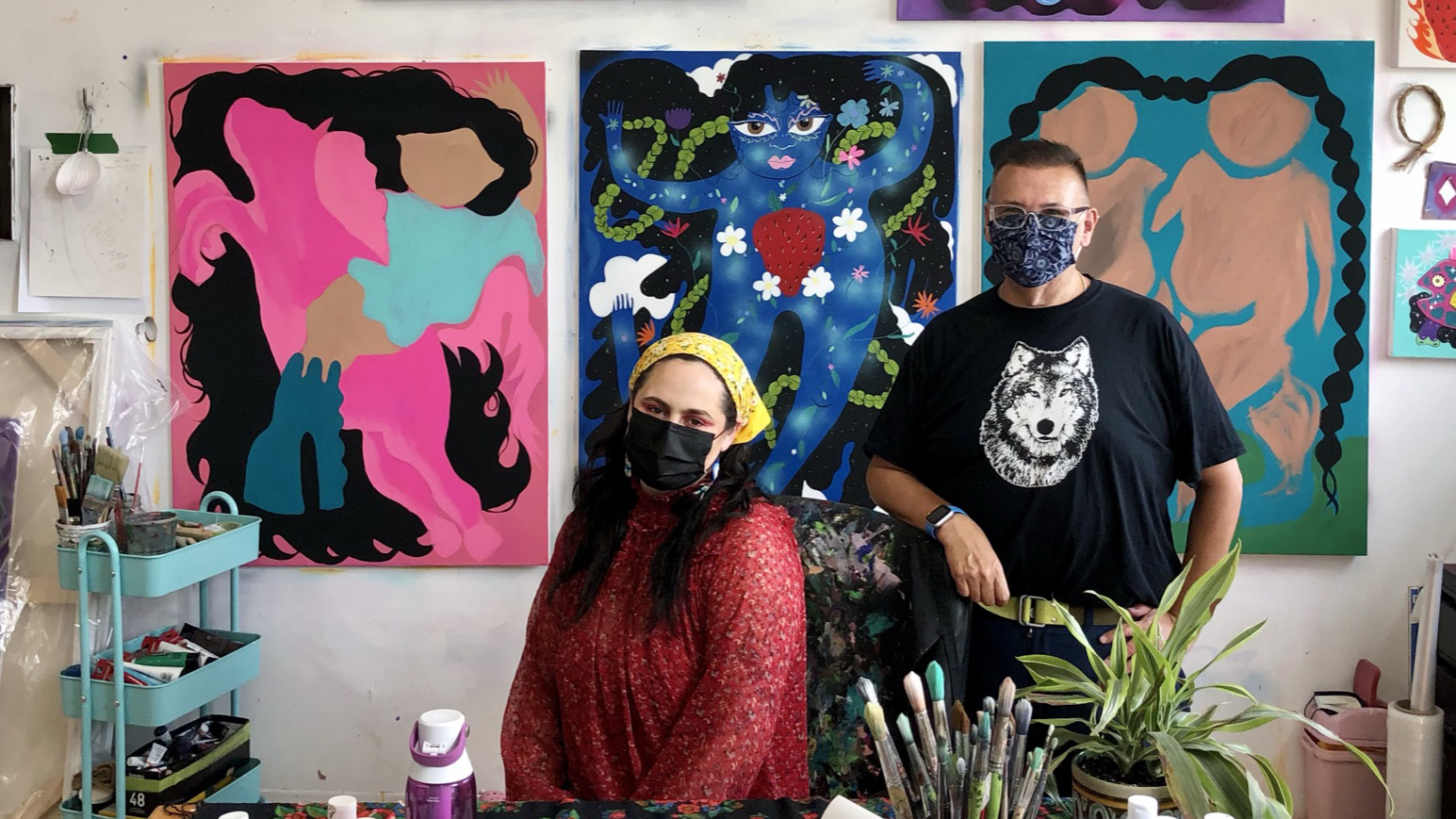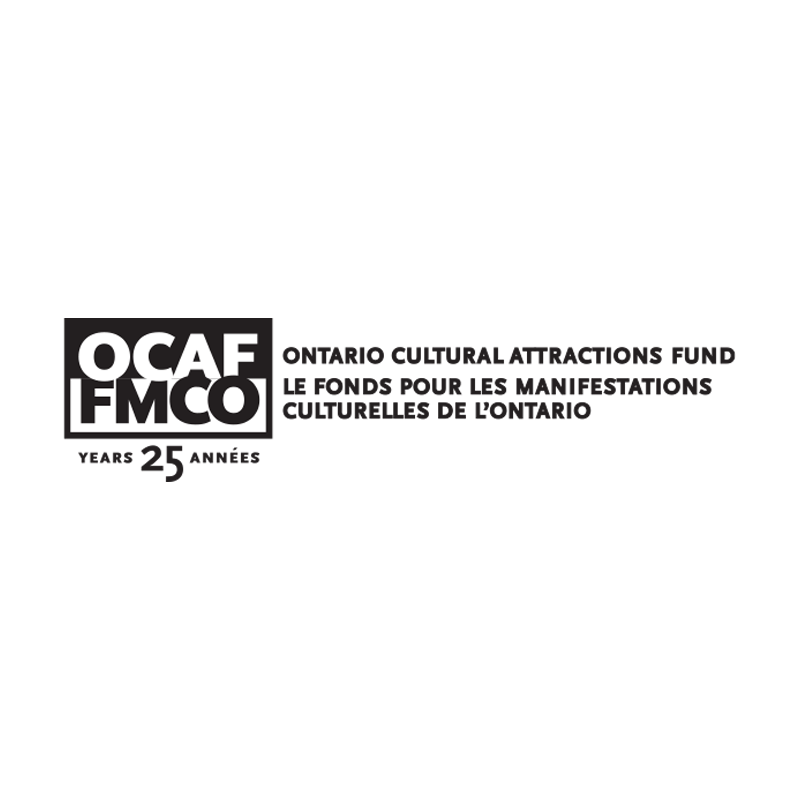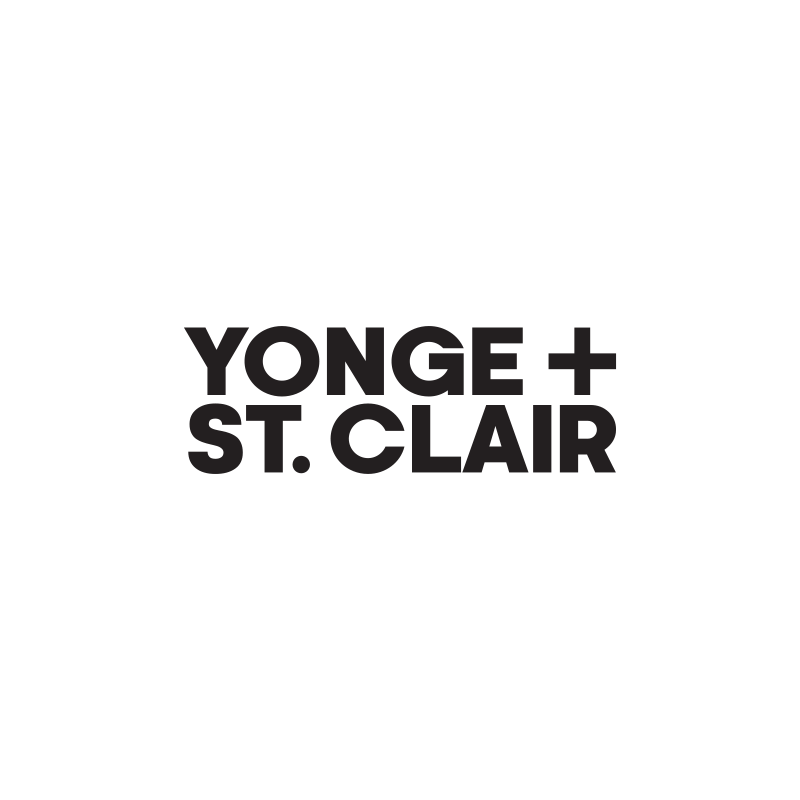

For curator Ryan Rice, placemaking is a vital tool for amplifying oppressed voices. It is also a critical link to the many histories of place. Ryan is from the Mohawk Nation in Kahnawake, Quebec, and he has spent the past three decades working within museums, galleries and cultural centres, bringing awareness to Indigenous contemporary art. He now balances his academic role as an Associate Dean at OCAD University with his newest job: Waterfront Toronto’s first Indigenous Public Art Curator.
While placemaking has gained popularity in the realm of city infrastructure and urban planning as a way to bring context to a location, Indigenous communities have a long history of establishing their cultural and spiritual values in the places they live. Those activities have been disrupted over time, but recent cultural shifts have led to new opportunities for exploring placemaking through an Indigenous lens. “It’s interesting to consider placemaking as a [re-emerging] concept,” says Ryan, “one that has been a global precedent for Indigenous people historically, culturally, socially, economically and politically.”

The increased use of land acknowledgments is one sign of progress. Recognizing past wrongs is “a first step towards embedding placemaking in a realistic way,” says Ryan. It may seem like a small gesture, but it can serve as a powerful entry point towards a deeper understanding of the land our city and country occupy. Moreover, these kinds of symbolic acts show a willingness to explore the identity of place, which can help us reckon with the past. “There are lessons to be learned in placemaking,” he adds. And opportunities too “to uncover histories and narratives of place and then build from there.”
However, Ryan also considers placemaking as a first step. “We have to also think about ‘place taking’ and the colonial structures that displaced, removed and whittled away Indigenous territory in the first place.” For him, creative practices are critical tools for communicating and amplifying under-recognized voices, ideas, philosophies and dreams that have, until recently, been suppressed.
His curatorial role at Waterfront Toronto includes two public art projects, both in the West Don Lands, an area of massive redevelopment near the mouth of the Don River. One project site is a grassy patch at the intersection of King, Queen and River streets. The unique triangular parcel of land is located at the crossroads of various neighbourhoods, making it a prime location for a work of art to become a significant landmark. A few blocks south is the second project, at the future home of Anishnawbe Health Toronto’s (AHT) Indigenous Hub on Cherry Street, now under construction.

Ryan’s vision for both is to raise awareness within the Don River’s landscape by elevating Indigenous voices and mediating the layers of local history that have long been ignored. To that end, he has engaged with the local community to help eliminate any overlooked barriers for First Nations artists to get involved. In many ways, his role is a form of sovereignty. “Visual language can create better understanding,” he says, “especially in a moment of truth and reconciliation.”
Placemaking is central to those goals. But Ryan is also looking to the future, which includes placekeeping – a term that represents the shift from shaping public space to actively caring for and maintaining it. “Placekeeping is about hospitality and how people engage with where they live,” he says. It’s the glue that will advance what he describes as “wellness, pride and continuity,” and, ultimately, lead to stronger communities for generations to come.
—
This article is part of a three-part series on Placemaking supported by Entro.





























